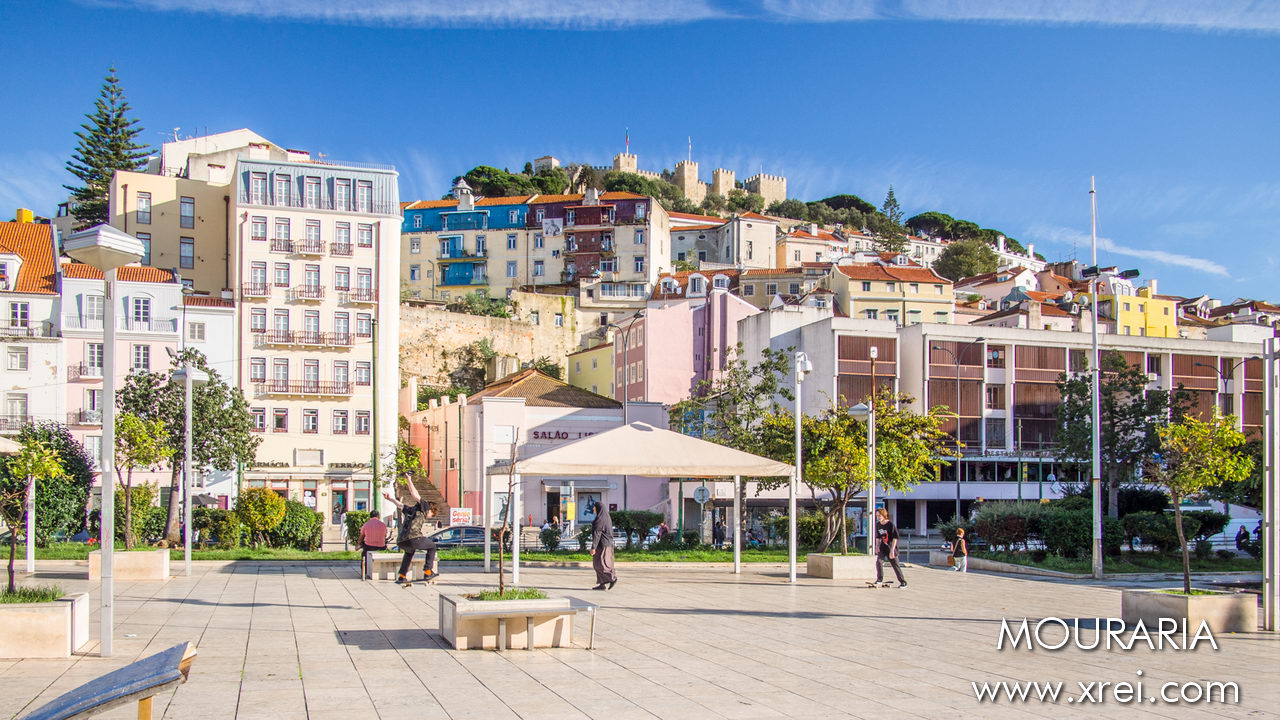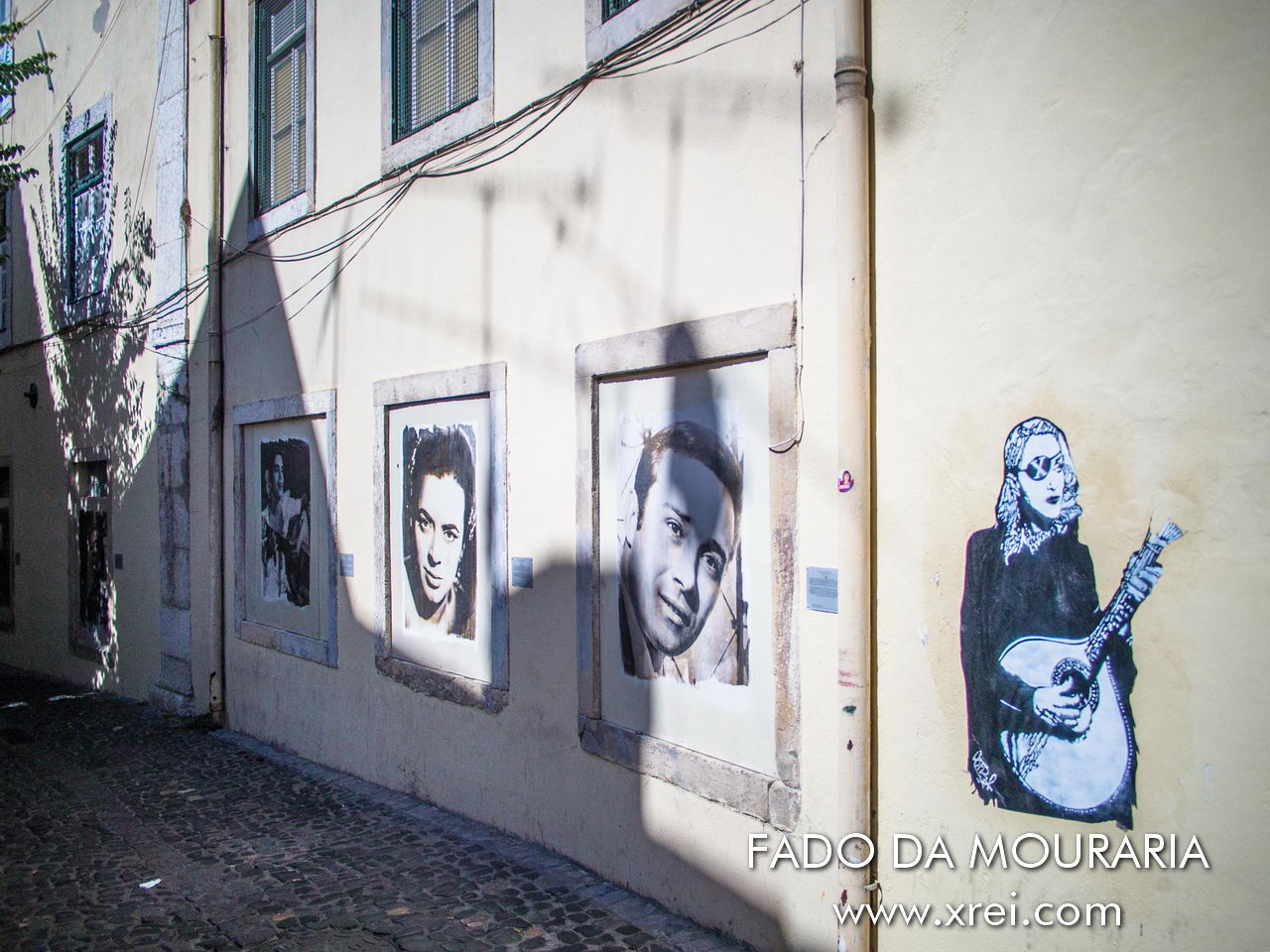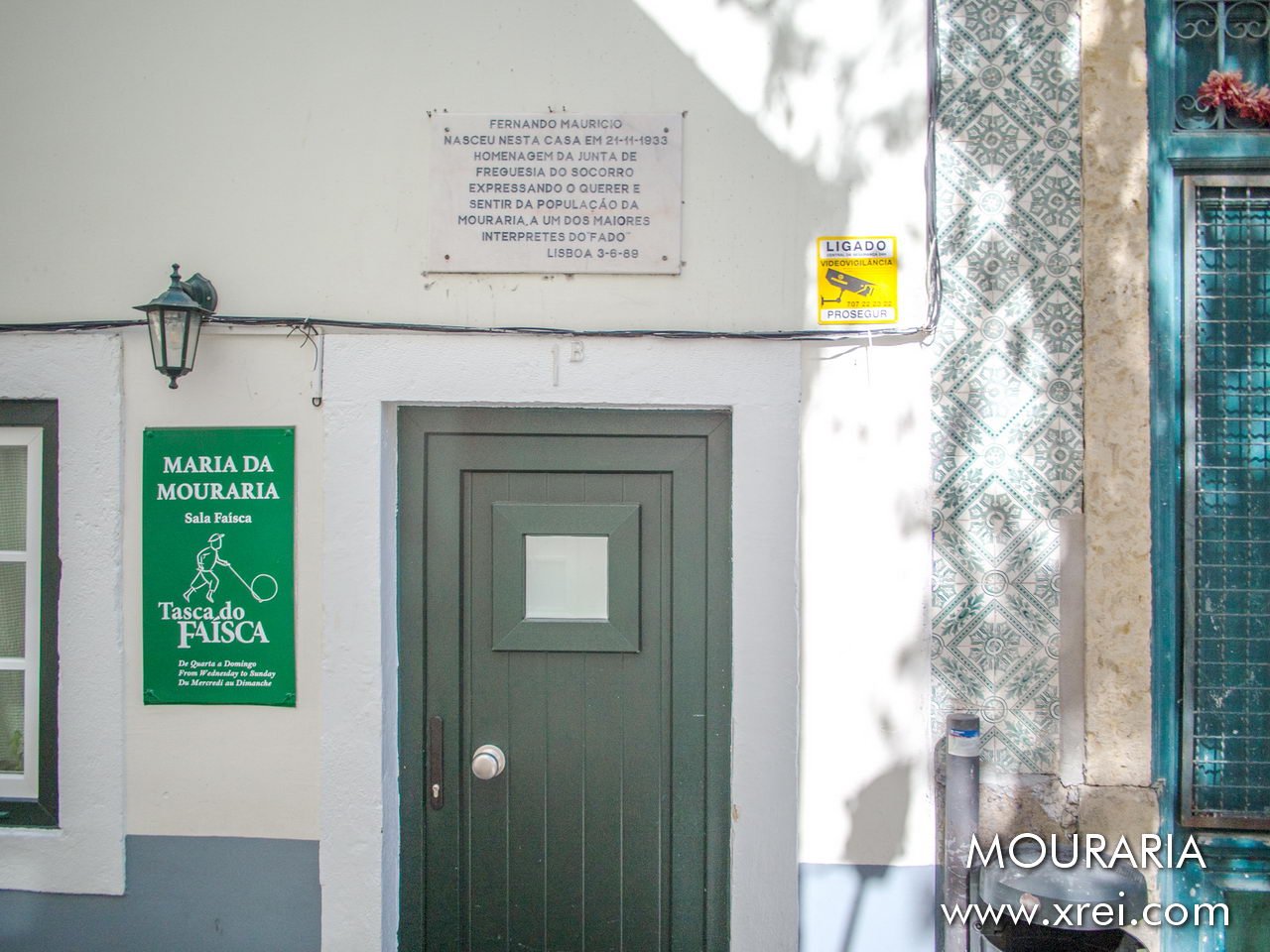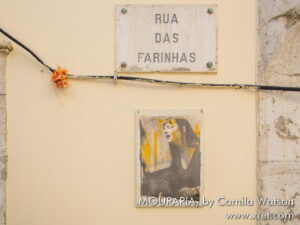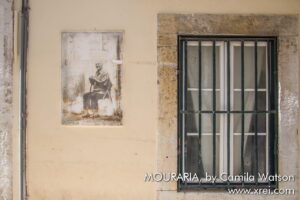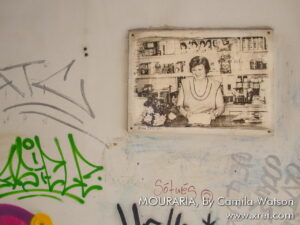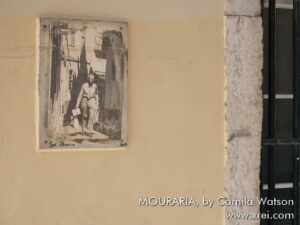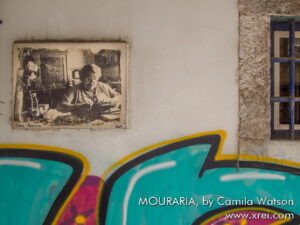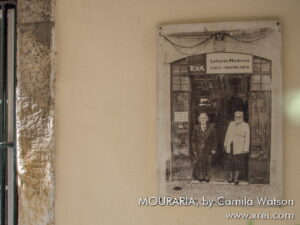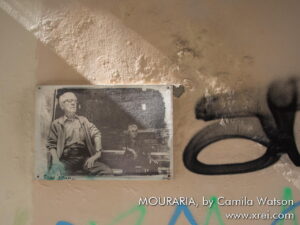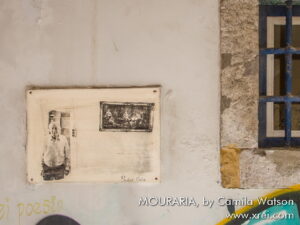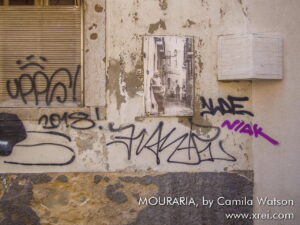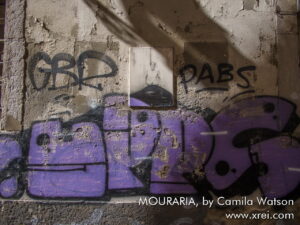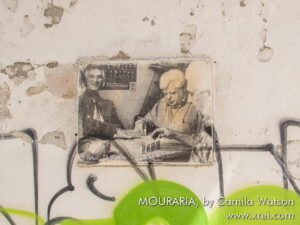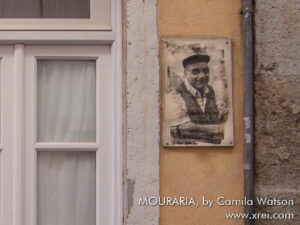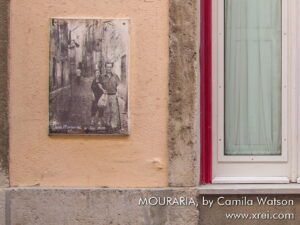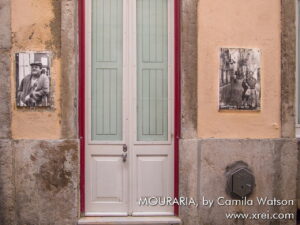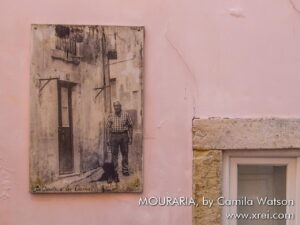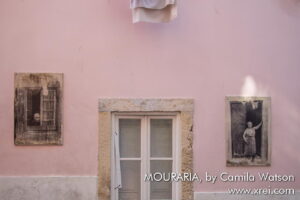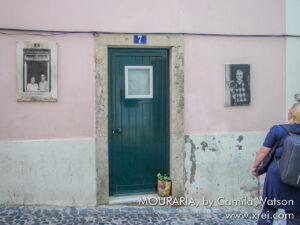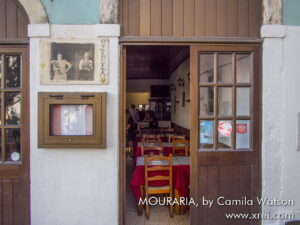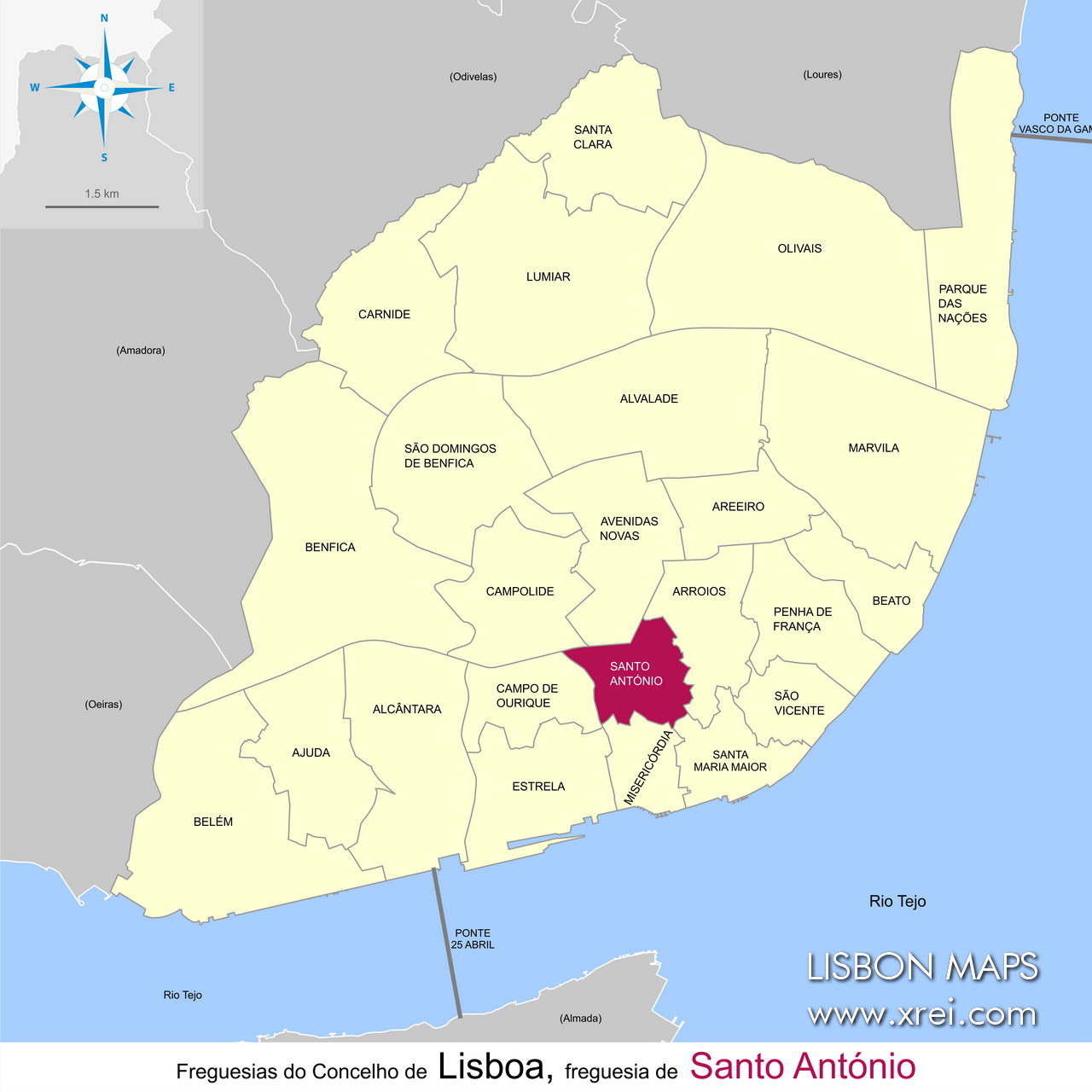In this article, you will get to know about...
Moorish
Mouraria is one of the most central and typical neighborhoods in Lisbon, a neighborhood where we can feel and see what it’s like to be Lisbon in a mixture of international environments. It is a neighborhood that has to be lived and felt in order to understand the life of the Portuguese Fado culture in harmony with the inhabitants of Eastern and African cultures. In Mouraria, you can see buildings and streets of different styles and eras: from buildings with simple façades to more elaborate façades, from the winding streets to the widest streets. Due to the slopes of the streets, in Mouraria you can see the windows at the top of stairs, and vice versa, it is a winding and labyrinthine neighborhood. It is the neighborhood where Dom Afonso Henriques placed the Muslims who continued to live in Lisbon after the Christian Reconquest in 1147. It is the neighborhood of fado, where Severa, the first known fado singer, lived and performed. Mouraria has a life of its own: it has a large number of shops and small businesses, fado houses, restaurants and taverns where we can taste the most typical Portuguese recipes and recipes from other parts of the world. It is a neighborhood with one of the greatest cultural diversities in the Portuguese capital, with more than 60 nationalities, including large communities of Asian and African countries, namely Pakistan, Bangladesh, China, India and Mozambique, which is why we can smell the aromas in the air features of the eastern world. In Mouraria, racial and cultural diversity contributes to a peaceful life in harmony. A place to live, invest and visit.
The neighborhood of Mouraria is administered by the Parish Council of Santa Maria Maior.
The Mouraria environment
Mouraria is a multicultural neighborhood, full of smells, colors, sounds… As we enter Mouraria we feel the narrowing of the streets, with the agglomeration of people of different ethnicities crossing the labyrinthine streets, with the traditional Portuguese natural stone floor. polished by age. There are several routes that we can take to get to know Mouraria, enter through the square of Martin Moniz, through Arroios, arrive through Baixa, descend through Alfama, or through Graça, along the slopes of the Castle. Mouraria is a neighborhood surrounded by the most historic neighborhoods of Lisbon
Main attractions to visit in the Mouraria neighborhood (top 10)
1. Rooftop Bar Hotel Mundial: it is one of the most famous terraces in Lisbon due to the panoramic view over São Jorge Castle, Rossio and the Tagus River. The Rooftop Bar Hotel Mundial is located at the top of the Hotel Mundial in the heart of Praça Martim Moniz*, it is a luxury terrace with bar service, where companies and individuals can gather or organize parties with a peaceful atmosphere. by the privileged situation in Lisbon…
2. Casa da Severa is an extension of the Fado Museum, where you can listen to fado and discover the life of Maria Severa Onofriana, known as the first Portuguese fado singer. At the Casa da Severa located in Largo da Severa we can visit the Casa de Fados and the Café bar.

- Casa da Severa is an extension of the Fado Museum, where you can listen to fado and learn about the life of Maria Severa Onofriana[/ caption]
3. Igreja de São Cristóvão is a 17th century construction located in Largo de São Cristóvão, integrating one of the oldest parishes in the city of Lisbon, known in the 13th century as the Church of Santa Maria de Alcamim . The highlights of the Igreja de São Cristóvão are the 36 paintings painted by Bento Coelho da Silveira (1617-1708); the Tomb of Bishop Dom Fernando de Miranda, main chaplain of Dom Afonso V; and the Tomb of Dom Martim Afonso, Archbishop of Braga, Governor during the Reign of Dom Duarte and main Councilor of Dom João II.
4. Nossa Senhora da Saúde Church is the exit point of the Procession of Nossa Senhora da Saúde, the oldest procession in the city of Lisbon, which has been taking place continuously since 1570. The Procession of Nossa Senhora da Saúde began to be held as a way of thanking the people of Lisbon for the end of the Black Death. The Church of Our Lady of Health was built in 1505 and renovated after the earthquake of 1755. The points of interest of the Church of Our Lady of Health are the Image of Our Lady of Health dated from the 17th century; the Entrance portal from the 18th century, by João Antunes; and the Tile Panels; authored by António de Oliveira Bernardes (1662-1732).
5. Casa Fernando Maurício is an extension of the Fado Museum, dedicated to the fado singer Fernando Maurício (1933-2003), “O Rei do Fado e da Mouraria”, located at Rua João do Outeiro. The attractions of Casa Fernando Maurício are the videos and interviews of fado singer Fernando Maurício; the Complete Discography and the Portraits and a Bust dedicated to Fernando Maurício.
6. Casa da Achada is a space dedicated to the painter Mário Dionísio (1916-1993), located on Rua da Achada. The highlights of Casa da Achada are the Private Libraries by Mário Dionísio and Maria Letícia Clemente da Silva; the Permanent exhibition space of the works of Mário Dionísio; o Reading space for researchers and visitors; and the outdoor terrace.
7. Monument dedicated to Mouraria is a sculpture in natural marble with the representation of a Portuguese guitar, where you can read “Símbolo da Mouraria, Matriz do Fado”. The Monument dedicated to Mouraria is located at the entrance to Rua do Capelão.
8. Atelier Camilla Watson is the atelier where the British photographer Camilla Watson is dedicated to preparing the photographs for the exhibitions she organizes. Camilla Watson, based in Mouraria since 2007, has contributed to the dissemination of local history in outdoor spaces, namely through the participation in the projects “Um Tributo”, an exhibition with photographs located in Largo de São Cristóvão and in Beco das Farinhas; “Portraits of Fado – A Tribute to Mouraria” an exhibition with photographs on Rua do Capelão, Rua João do Outeiro, Rua da Guia, Rua Marquês Ponte de Lima, Largo das Olarias and at Travessa da Nazaré; and the “Canto do Sol” an exhibition with a panel of 80 mosaics in Rua dos Lagares.
- Fátima Garcia, by Camilla Watson
- Mr. Joaquim, by Camilla Watson
- Dona Laurinda, by Camilla Watson
- Mr. Oliveira, by Camilla Watson
- Dona Amélia, by Camilla Watson
- Dona Prazeres and Dona Xica at Leitaria Moderna, by Camilla Watson
- Mr. Alfredo, by Camilla Watson
- Mouraria, by Camila Watson
- Mr. Melo, by Camilla Watson
- Mr. Enrique, by Camilla Watson
- Mouraria, by Camila Watson
- D. Piedade, by Camilla Watson
- “John” Father Christmas and “Jorge dos Frangos”, by Camilla Watson
- Mr. Artru, Zé Moreira and Mr. Carlos playing dominoes, by Camilla Watson
- Mr. Salgado, by Camilla Watson
- Dona Zulmira, by Camilla Watson
- Mr. Helder, by Camila Watson
- 3 friends, by Camila Watson
- Dona Margarida and Mr. Mira, by Camila Watson
- Brito with the cat Jordan and António “shorty”, by Camila Watson
- Mouraria, by Camila Watson
- Mr. Carlos and the dog Don Quixote
- Dona Antónia and Dona Ezilda, by Camila Watson
- António e Isabel, and DOna Maria, by Camila Watson
- Dona Laurinda and Dona Cila, from the restaurant “OTrigueirinho”, by Camila Watson
- Tribute to the residents of Mouraria … Throughout the district of Mouraria we observe photographs of people who somehow represent the life of the district of Mouraria. It is a permanent outdoor exhibition that takes us to know and feel the life of the residents of the Mouraria neighborhood
9. Mouraria Innovation Center / Mouraria Creative Hub is the first “incubator dedicated to cultural and creative industries in Lisbon”, located in Rua dos Lagares. The Innovation Center is intended to be a support space for entrepreneurs in various business areas, namely Gastronomy, Design, Fashion, Music or Tiles, with the following attractions that we can visit: a Space for 50 entrepreneurs; the Archeology exhibition “Quarteirão dos Lagares: with the theme from Mouraria to Vila Nova.
10. Cozinha Popular da Mouraria is a multicultural project that intends to use gastronomy to socially integrate immigrants residing in Mouraria from all corners of the world. The Cozinha Popular da Mouraria is located on Rua das Olarias, with the main attractions focused on the aromas of Asian, African or Arab cuisine or the experience of cooking the recipe that will serve as a meal.
Other attractions to explore in the Mouraria neighborhood
- Oficina Santa Rufina is the space where the Portuguese artist Cristina Lopes carries out her art, a specialist in tile painting. The Oficina Santa Rufina located on Calçada Conde Penafiel, deserves a visit due to the tile work developed by the artist.
- Zé da Mouraria is the best known restaurant in Mouraria, located on Rua João do Outeiro. The Zé da Mouraria was inaugurated by the Minho Virgílio, standing out for the Cod Assado à Zé da Mouraria and the grilled over charcoal.
- Zé dos Cornos is a restaurant known for its “tasca” appearance, with traditional wooden tables arranged in a corridor, with a simple cuisine, namely the Pork Piano (tip of the spare ribs), the Bacalhau Roast and the ham and cheese dishes. The Zé dos Cornos restaurant is located on Rua dos Surradores.
- Palácio dos Távora
- Rua do Benformoso
- Renovar a Mouraria Association
- Maria da Mouraria Fado House
- Mouraria Commercial Center
- Around Fernandina of 1373/75
- College of Orphan Boys
- School of Fado da Mouraria
- Largo da Achada
- Merger Market
Main Streets and Squares of the Mouraria neighborhood
Praça Martim Moniz is one of the largest squares in the city of Lisbon, always busy with Lisboners, tourists, Lisbon trams (trams), tuck tucks, private vehicles and public transport. Praça Martim Moniz is a crossing point for Mouraria, Largo do Intendente and Baixa, being known for several aspects, namely for its multiculturality, for being the starting point of the historic Tram 28 and the craft and gastronomy fairs. Martim Moniz was the knight of Dom Afonso Henriques who died when he prevented the closing of one of Lisbon’s city gates in 1147, and this gesture allowed the capture of Lisbon.
Rua da Mouraria is the most important street in the Mouraria district, with a connection between Praça Martim Moniz and Rua do Benformoso. Rua da Mouraria is a large place, where you can observe the multiculturalism, smell the smells of the neighborhood, namely through the presence of various Chinese, Indian or Nepalese restaurants, Guinean or Mozambican cafes, travel agencies Nepalese or Pakistani, Halal meat butchers or through the sale of Asian spices and teas at the Mouraria Shopping Centre. The Rua da Mouraria has some attractions, namely the stop of the Tram 28 and the Church of Nossa Senhora da Saúde. Mouraria is so named because it was the place where Muslims lived after the Conquest of Lisbon in 1147.
Largo da Severa is one of the most important squares in Mouraria as it was the birthplace of Severa Onofriana, the first Portuguese fado singer. The Largo da Severa connects Rua do Capelão and Rua da Guia, with the attractions of Casa da Severa and Casa Fernando Maurício.
Rua do Capelão é o local onde nasceu Fernando Maurício. A Rua do Capelão faz a ligação entre a Rua da Mouraria e o Largo da Severa, sendo assim designada devido à presença de um espaço de oração no século XVI. As atracções principais são o Monumento dedicado à “Mouraria – Berço do Fado”; o restaurante “Os Amigos da Severa”; a Casa de Fados Maria da Mouraria; e a Exposição da artista Camilla Watson que retrata vinte e seis fadistas ligados à Mouraria.
Tourist Resorts in Mouraria
- 1908 Lisbon Hotel
- World Hotel
- Inn Possible Hostel
Transport and Access in Mouraria
Mouraria has the following transport available:
- Martim Moniz Metro Station
- Electric 28
- Martim Moniz Car Park

